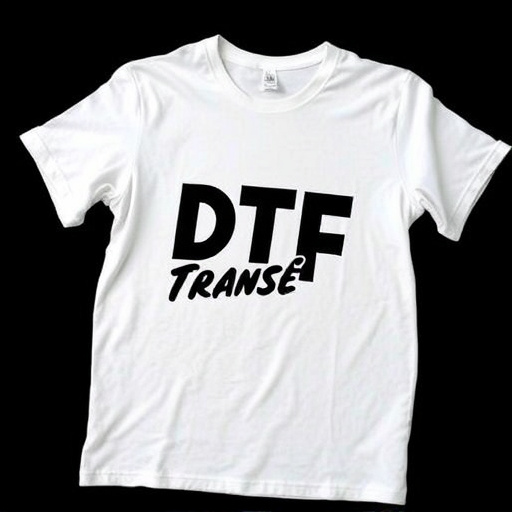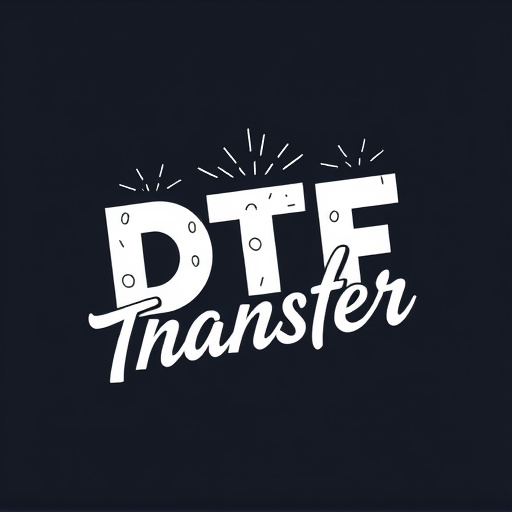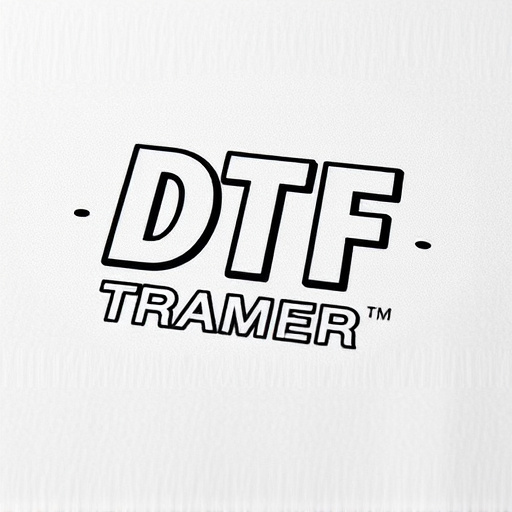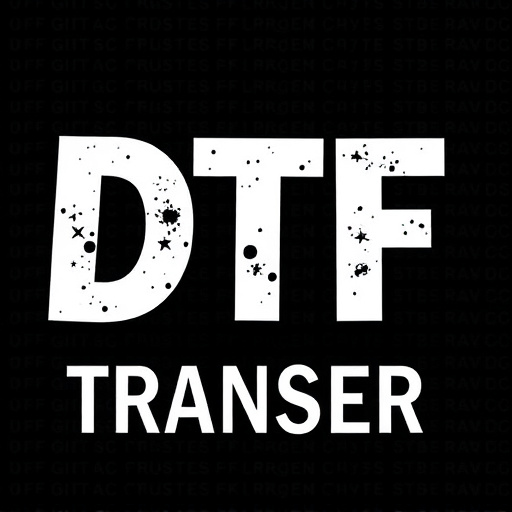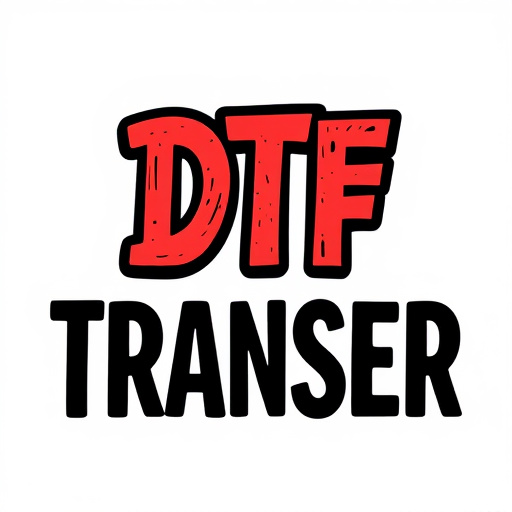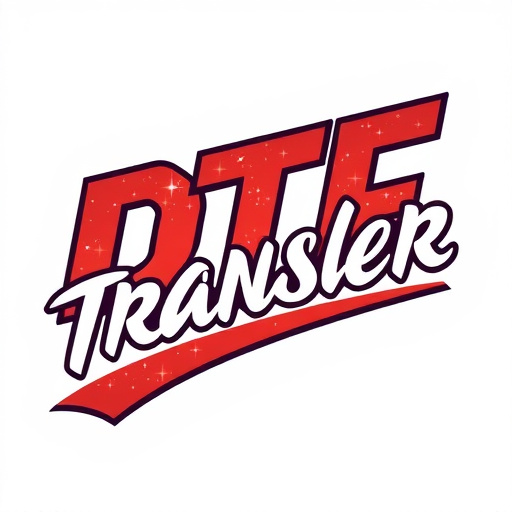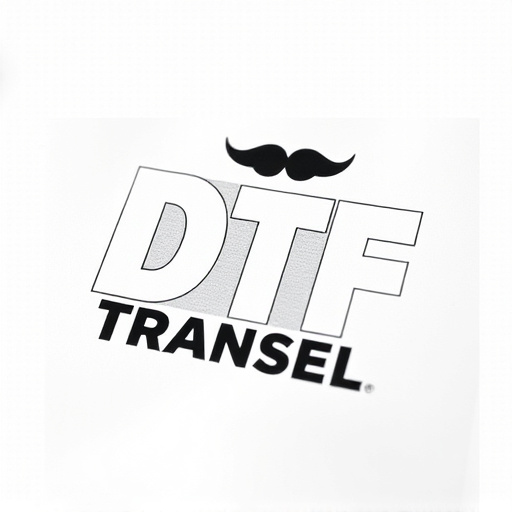Direct-to-film (DTF) printing is a high-volume, cost-effective graphics solution, streamlining workflows and offering precise color reproduction for large-format signage, POP displays, and product labeling. To maximize quality and efficiency, choose advanced printers, use high-quality films, automate processes, and implement best practices including regular calibration and file management. DTF is revolutionizing industries like retail, manufacturing, and healthcare, providing custom graphics, efficient product labeling, and rapid prototyping for improved patient care.
Direct-to-film (DTF) printing is transforming high-volume business needs, offering a streamlined solution for efficient production. This cutting-edge technology enables direct printing on various film materials, eliminating intermediate steps and reducing costs. In this comprehensive guide, we explore the advantages of DTF for businesses, from enhanced productivity to improved material versatility. Discover how the right DTF technology and optimized workflows can revolutionize your operations, backed by real-world case studies across diverse industries.
- Understanding Direct-to-Film (DTF) Printing: A High-Volume Solution
- Advantages of DTF for Business Applications
- Choosing the Right DTF Technology and Equipment
- Optimizing Print Quality for Large-Scale Production
- Best Practices for Efficient DTF Production Workflows
- Case Studies: Successful DTF Implementation in Various Industries
Understanding Direct-to-Film (DTF) Printing: A High-Volume Solution
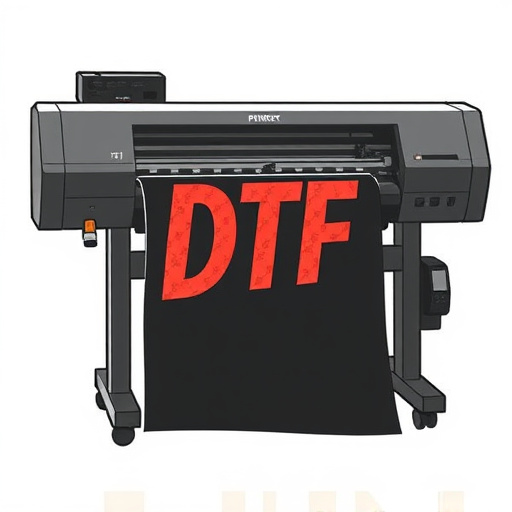
Direct-to-film (DTF) printing is a game-changer for businesses dealing with high-volume graphic needs, offering an efficient and cost-effective solution. This innovative technology eliminates the traditional steps involved in printing on film, such as separate plate preparation and exposure, making it ideal for quick turnaround times and bulk orders.
With DTF Printing, images are transferred directly from digital files to transparent film using advanced inkjet printers. The process allows for precise color reproduction, crisp details, and a wide range of media compatibility. This makes it perfect for various applications, including large-format printing, signage, POP displays, and even promotional items. By streamlining the printing workflow, DTF Printing enables businesses to meet tight deadlines and maintain high-quality standards without compromising productivity.
Advantages of DTF for Business Applications
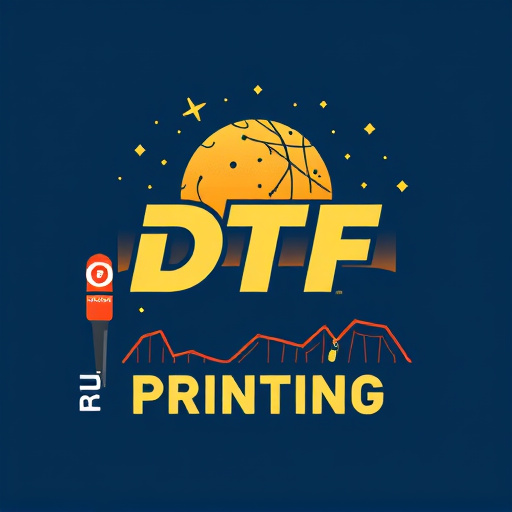
Direct-to-film (DTF) printing offers numerous advantages for high-volume business applications, streamlining workflows and enhancing efficiency. One of its key benefits is speed; DTF technology enables rapid production of custom graphics, allowing businesses to meet tight deadlines with ease. This is particularly valuable in dynamic industries where quick turnaround times are essential.
Additionally, DTF provides exceptional print quality, ensuring vibrant colors and precise details that capture attention. Its versatility allows for a wide range of applications, from large-format signage and displays to product labeling and packaging. This all-in-one solution eliminates the need for complex setup processes, reducing costs and simplifying inventory management.
Choosing the Right DTF Technology and Equipment
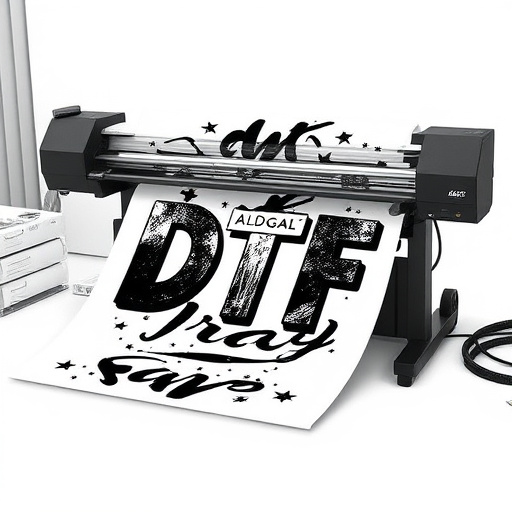
When considering direct-to-film (DTF) printing for high-volume business needs, selecting the appropriate technology and equipment is paramount. The right DTF Printing system should offer unparalleled speed, precision, and reliability to keep up with demanding production schedules. Look for printers equipped with advanced imaging technologies that ensure consistent print quality across large formats. High-resolution capabilities and precise color management features are essential for delivering visually stunning results.
Additionally, investing in top-quality films and consumables is crucial. Different applications may require specific types of films tailored to withstand various environmental conditions. Partnering with reputable manufacturers who offer a range of suitable materials will ensure optimal performance and longevity. Moreover, consider the integration of automated feed systems and efficient workflow software to streamline the printing process, maximizing productivity while minimizing errors.
Optimizing Print Quality for Large-Scale Production
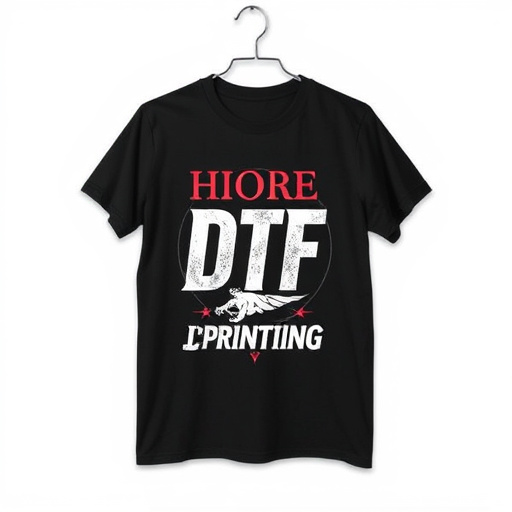
When optimizing print quality for large-scale DTF (Direct-to-film) production, attention to detail is paramount. For high-volume business needs, ensuring consistency and accuracy across every print is crucial. This involves careful calibration of printing hardware and software, as well as meticulous selection of inks and media. High-resolution images and precise color profiles are essential to achieving sharp details and vibrant colors, especially when dealing with complex designs or multiple prints on a single sheet.
For optimal DTF Printing results, prepress preparation plays a significant role. This includes proper file formatting, color management, and proofing procedures. By implementing these practices, businesses can minimize errors and maximize the final product’s aesthetic appeal. Additionally, regular maintenance of printing equipment and staying updated with the latest print technology ensure that each batch maintains the same exceptional quality standards.
Best Practices for Efficient DTF Production Workflows
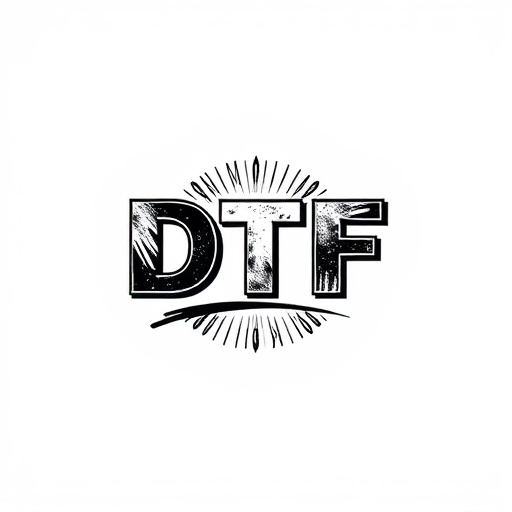
To ensure efficient Direct-to-Film (DTF) production workflows for high-volume business use, several best practices should be implemented. Firstly, utilize specialized DTF printers designed for fast and accurate printing, which can significantly streamline the process. Additionally, maintaining a clean and well-organized workspace is vital to prevent contamination and ensure consistent quality. Regular calibration of printers and thorough testing of each batch are essential steps to guarantee precision and minimize waste.
In terms of material management, having a robust inventory system for film stock and consumables will help optimize production. Consider pre-printing checks and quality assurance protocols to catch any issues early. Efficient file management practices, such as keeping all designs and print settings organized, facilitate smooth production runs. Lastly, training staff on DTF printing procedures and safety measures can enhance productivity and reduce errors.
Case Studies: Successful DTF Implementation in Various Industries
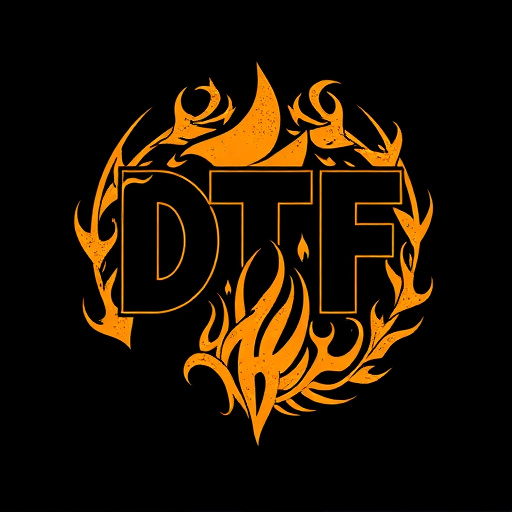
Direct-to-film (DTF) printing has found success across multiple industries, showcasing its versatility and effectiveness in high-volume business applications. In the retail sector, DTF is used to produce custom posters and window graphics, allowing businesses to quickly adapt their storefronts with eye-catching visuals. For example, a small local coffee shop utilized DTF to create vibrant, seasonal designs, increasing foot traffic and customer engagement.
In manufacturing, DTF has streamlined product labeling and packaging. A leading electronics manufacturer implemented DTF to print high-resolution barcodes and product information directly onto device cases, reducing costs and production time compared to traditional methods. This efficiency is also evident in the healthcare industry, where hospitals use DTF for rapid prototyping of medical devices, enabling faster development cycles and improved patient care.


